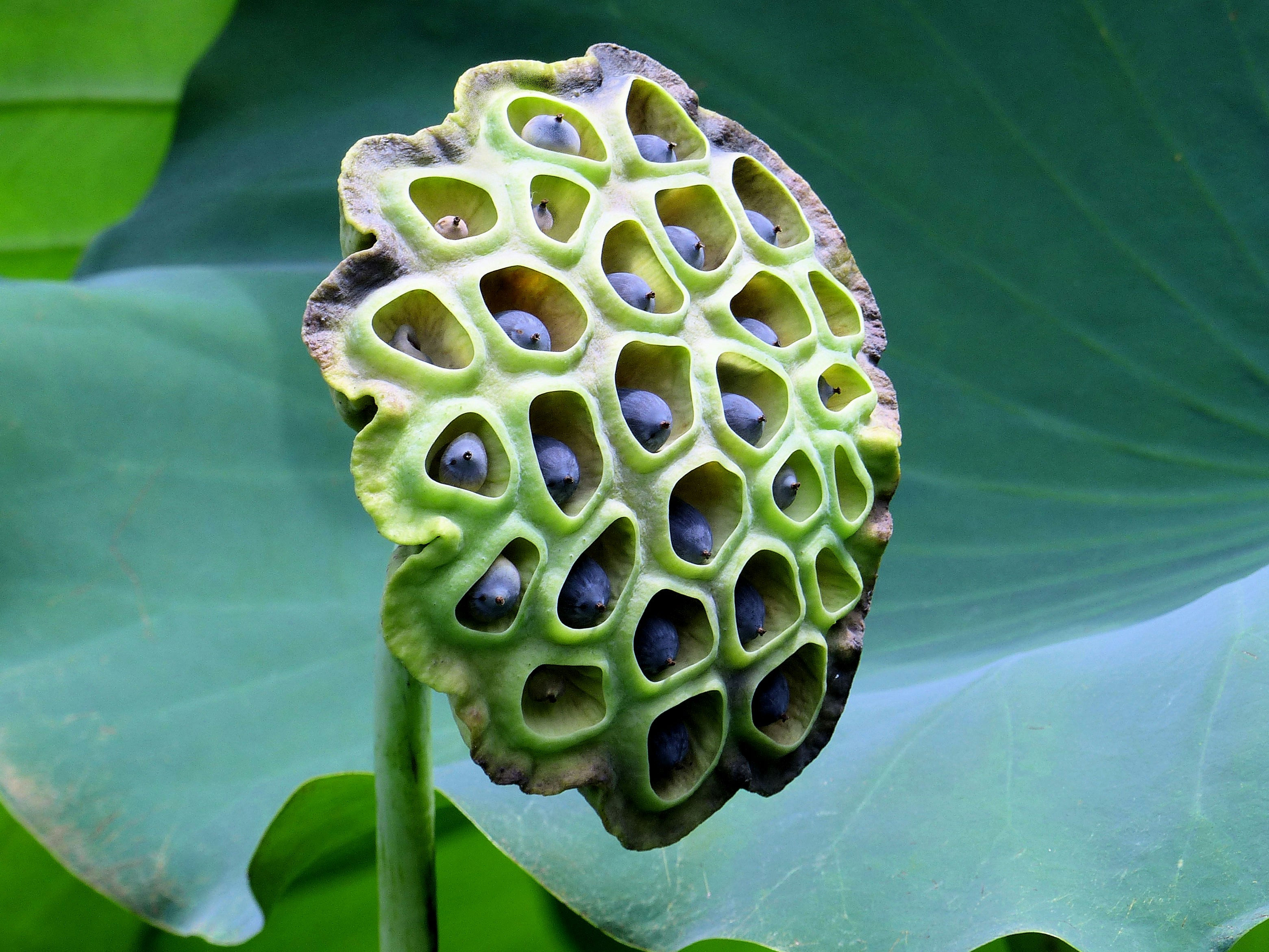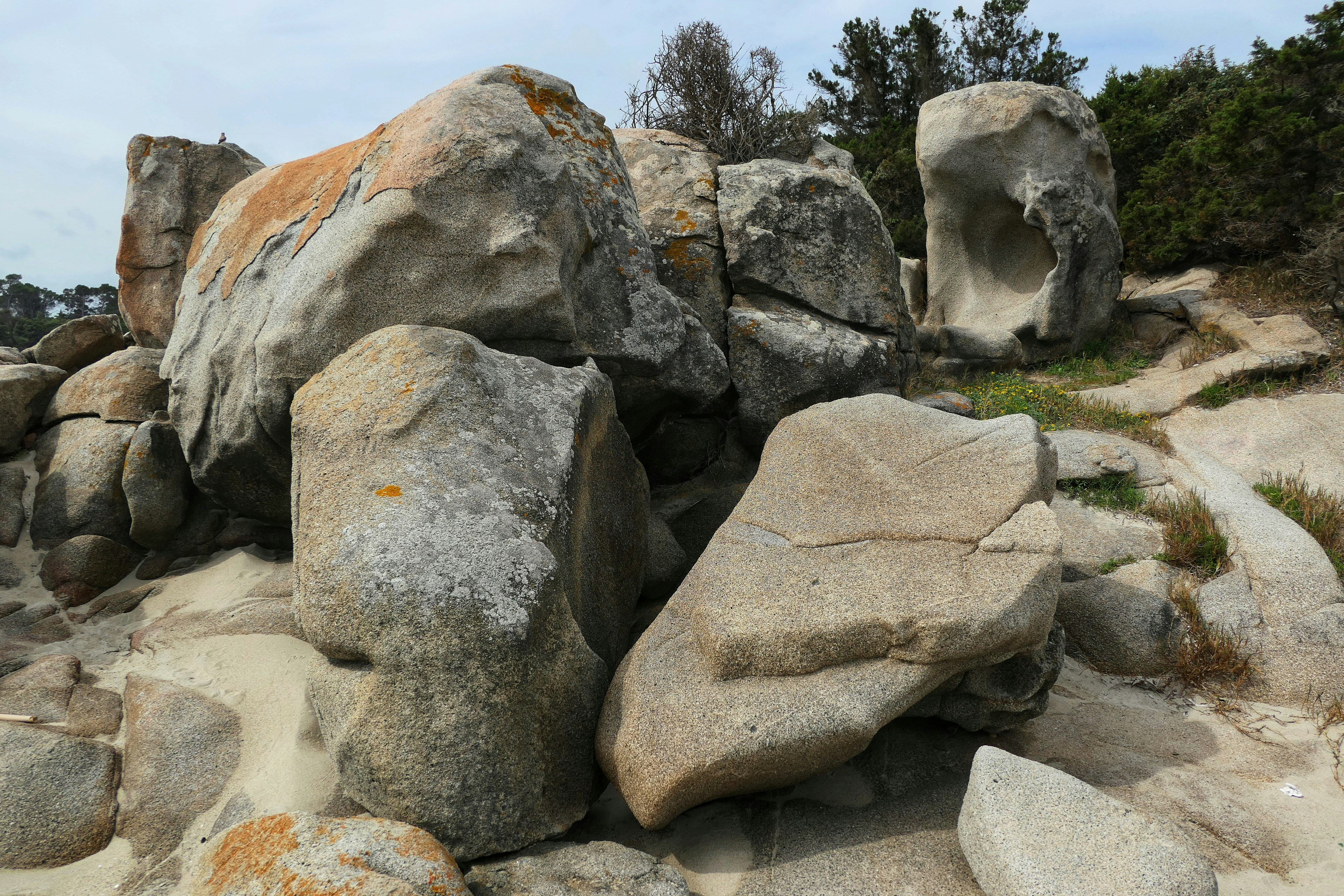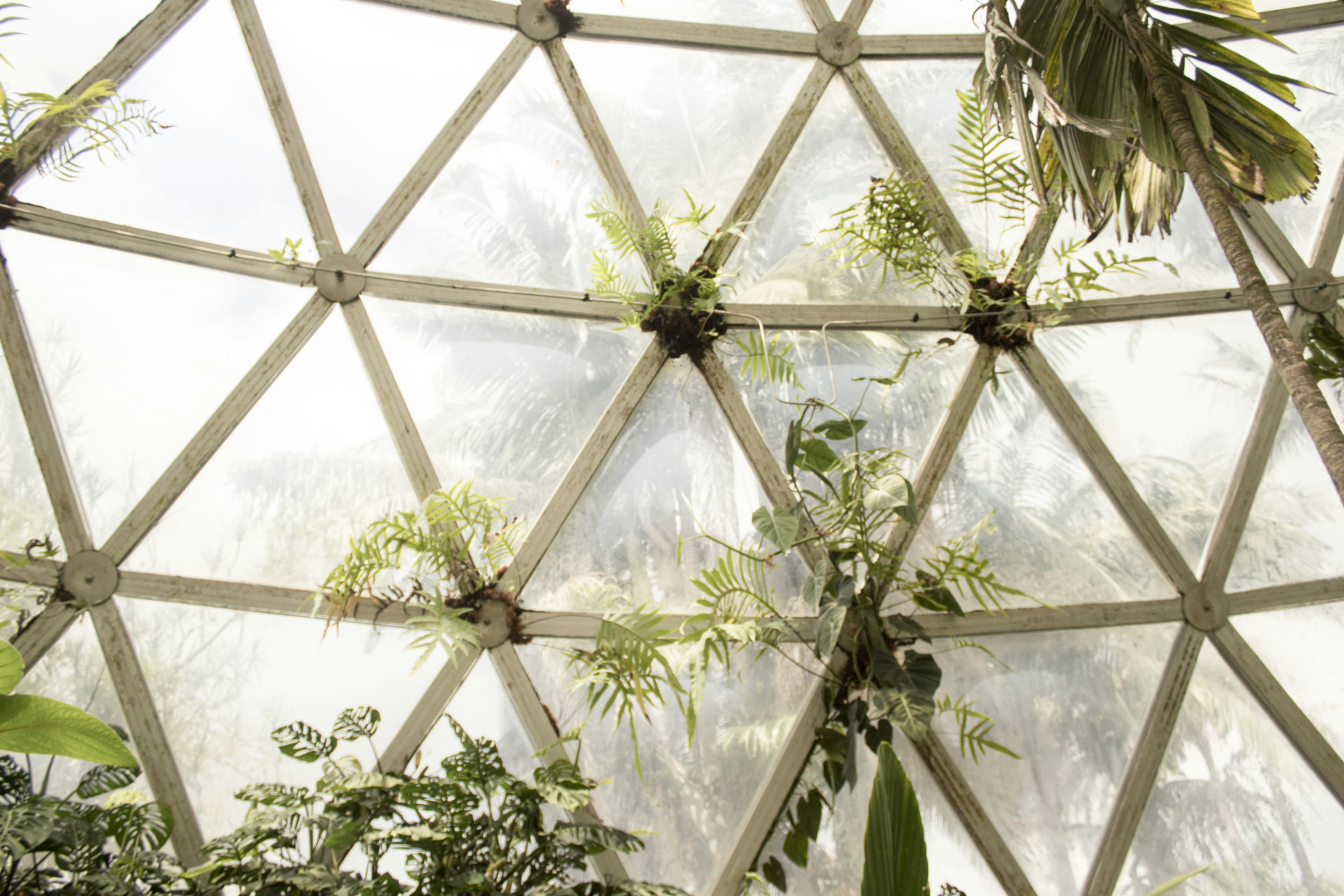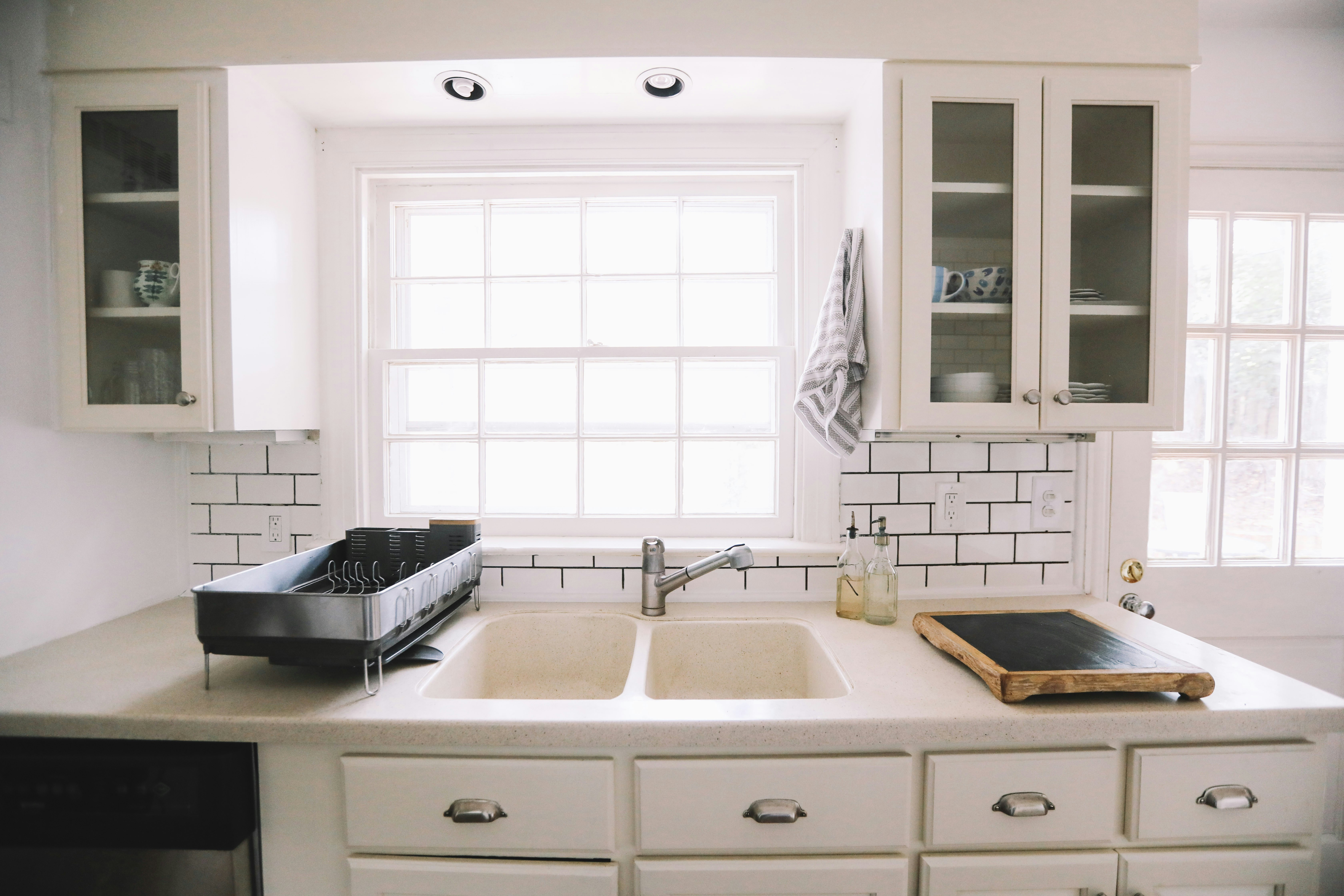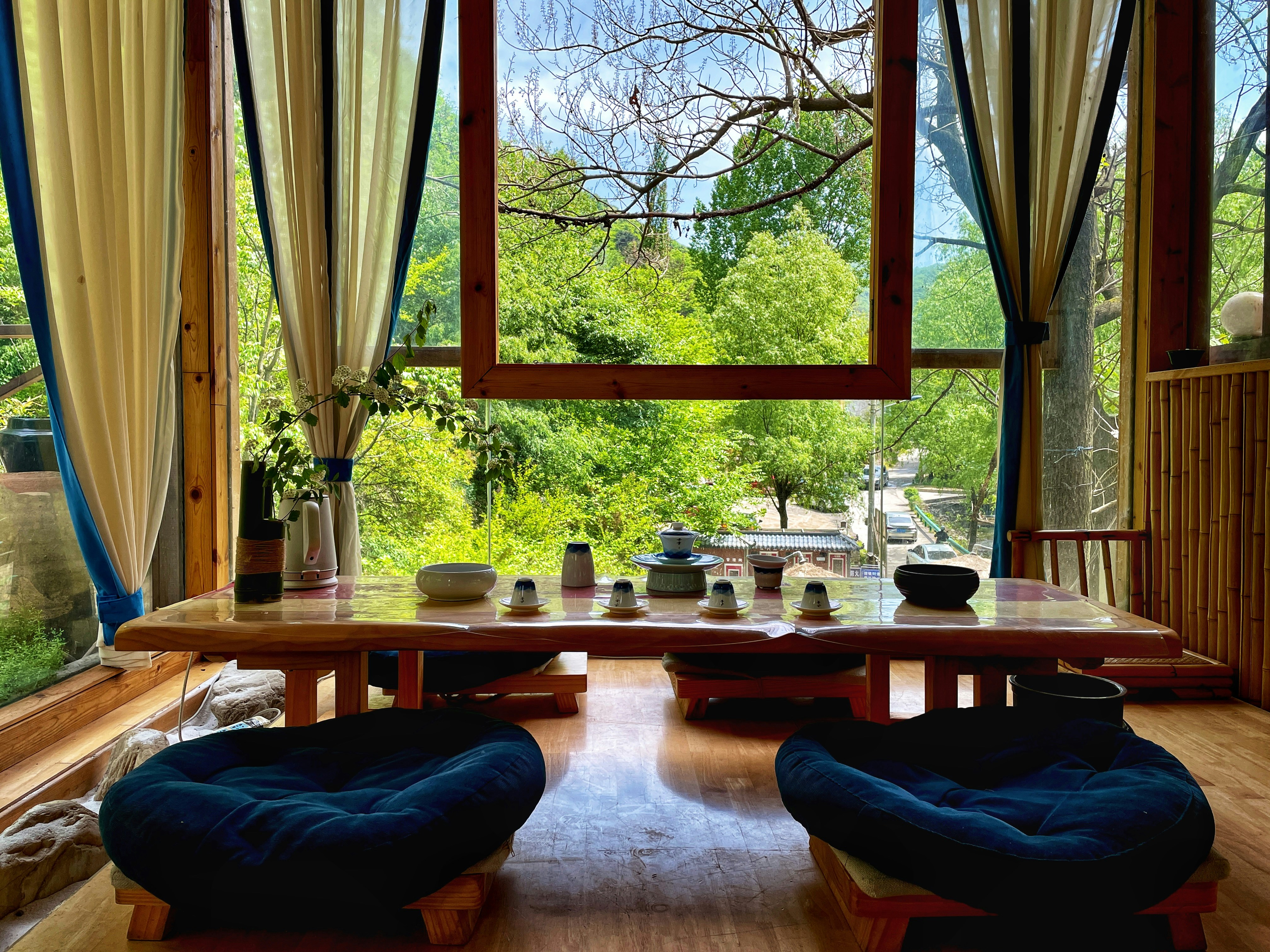Craft Eco-Friendly Home Decor with Urban Foraged Materials
Imagine stepping into your home, where every corner speaks to nature’s grace and echoes your commitment to sustainability. Welcome to the world of Biophilic Bricolage, where you can craft unique, eco-friendly decor from urban foraged materials. This art will not only transform your living space but also enhance your mental well-being and connection to nature.
The Beauty of Biophilic Design
Biophilic design is based on the idea that our innate connection to nature can be integrated into our living environments. That connection can be beautifully expressed through DIY projects that utilize locally sourced, foraged materials—think branches, stones, leaves, and other natural elements found right in your urban backyard. Not only do these materials bring an organic aesthetic to your decor, but they also carry stories from the urban environment, giving your home a unique identity.
Research has shown that incorporating natural elements into home decor can enhance mood, reduce stress, and improve overall well-being. This concept of using natural materials allows us to breathe life into our spaces while promoting mindful consumption. As an enthusiast of sustainable living and DIY projects, I’ve explored a plethora of ideas that leverage this philosophy.
Sourcing Urban Foraged Materials
The first step in your adventure into biophilic bricolage is to understand where to find these urban treasures. Look around your city—parks, sidewalks, even your own backyard can provide you with a bounty of materials for your projects. Before you set out on your foraging mission, remember to adhere to local regulations regarding foraging, and always ensure that what you collect is legal and safe.
- Branches and Twigs: Perfect for creating rustic wall art, unique centerpieces, or functional items like coat racks.
- Rocks: Use these to craft beautiful sculptures, bookends, or even garden pathways.
- Leaves and Flowers: Ideal for creating natural prints, framed artwork, or beautiful decorations for special occasions.
- Moss and Lichen: Great additions for making terrariums or living art installations that infuse your home with a touch of green.
By embracing creative thinking and an eco-conscious approach, you can find endless possibilities in the most unexpected places.
Crafting with Intention: DIY Projects
With your foraged materials in hand, it’s time to unleash your creativity. Here are a few DIY projects to inspire your biophilic decor journey.
1. Rustic Branch Wall Art
Transform mundane walls by crafting a stunning piece of art from branches. Begin by selecting a variety of branches in different sizes. Arrange them in an eye-catching pattern and secure them with twine or small nails. Alternatively, paint or leave them natural for an earthy vibe. This technique not only brings a forest-like feel indoors but also provides a talking point for visitors.
2. Stone Sculptures
Gather smooth stones and rocks to create small sculptures or functional art pieces. You can use non-toxic paints for designs or simply arrange them in appealing formations on a shelf or coffee table. This project is not only a pleasant design element but also a way to celebrate the natural beauty of your local environment.
3. Leaf Prints
While the weather is warm, experiment with making leaf prints on canvas or fabric. Press leaves into ink or paint, and stamp them onto your desired material. This process connects you with nature in a delightful way, leaving you with art that embodies the essence of the natural world.
4. Terrariums with Moss and Lichen
Utilizing glass containers or jars, you can create a mini-ecosystem within your home with moss and lichen. Layer gravel, soil, and moss to create an engaging, living decoration that requires minimal maintenance. Watching these arrangements thrive brings a sense of tranquility and connects your home to the natural cycles of life.
5. Eco-Friendly Furniture
For a larger-scale project, consider building furniture using reclaimed wood and your found materials. Create a coffee table with tree stumps or a rustic bench from salvaged wood pieces. Not only are these projects functional, but they also tell a story of renewal and creativity.
Making the Most of Your Eco-Friendly Endeavors
Crafting with foraged materials isn't just about the final product; it's about the process of creating and connecting with your surroundings. These activities foster a sense of mindfulness, encouraging you to appreciate the beauty around you and the impact your choices have on the environment.
Moreover, engage others in your projects—invite friends or family members to join. Share your knowledge and learning experiences, spreading the message of sustainability. You could even turn these gatherings into workshops, thereby building a community that values environmentally-conscious living.
Share Your Love for Biophilic Design Online
In today’s digital age, consider documenting your projects and sharing them online. Platforms like Instagram and Pinterest can become your creative outlet, allowing you to inspire others to explore biophilic design. Don’t forget to use relevant hashtags to reach a wider audience, enhancing the discourse around sustainable living—aim for keywords like #BiophilicBricolage or #EcoFriendlyDecor. You can also check out insightful pieces on related topics at Biophilic Design Beyond Plants and Transform Your Space: DIY Soundscaping for a Harmonious Home.
Enhancing Sense and Space: The Power of Aromatherapy
Don't forget about the sensory aspect of biophilic design. Incorporate sound and aroma to enrich your indoor space. Consider using essential oils or dried herbs in decorative pieces to create immersive scents that uplift your mood and improve air quality. This multi-sensory approach—combining visual beauty with aromatic and auditory aspects—creates an all-encompassing sanctuary at home. For more tips on creating sensory spaces, check out Scent as Style: Transform Home with Aroma Infused Decor Ideas.
Building Emotional Connections
Every piece of foraged decor tells a story. Whether it’s the branch from a tree you used to climb as a child or the stones you collected during a memorable hike, these objects hold sentimental value that goes beyond mere decoration. They can evoke nostalgia, bring comfort, and create emotional connections that deepen your experience of home. As you engage in this process, reflect on each item's journey, fostering a sense of gratitude for the natural world.
Final Thoughts
Incorporating biophilic bricolage into your home decor not only transforms your space but also nurtures a deeper connection to nature. By choosing to work with urban-foraged materials, you are embracing an eco-friendly lifestyle that reflects personal values and a commitment to sustainability. Whether you opt for rustic wall art, unique sculptures, or scented home accents, each crafted piece celebrates the beauty of your environment.
Explore, create, and share your journey into biophilic design. As you infuse your home with these eco-conscious projects, remember that sustainability can be beautiful, inventive, and uniquely yours. Let's continue to inspire each other—your next creation might just motivate someone else to reconnect with nature, one DIY project at a time.
